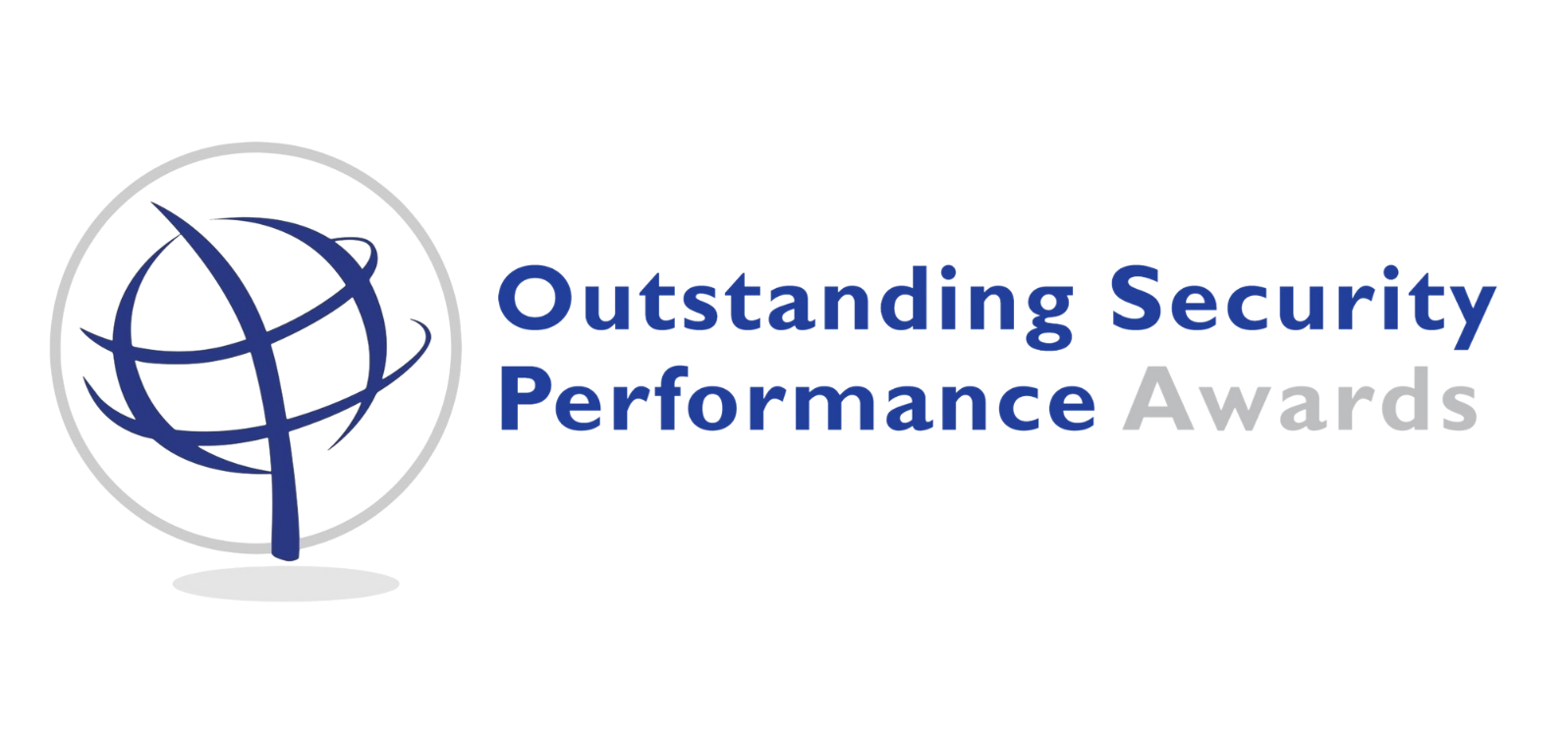
Chair:
Dr Janice Goldstraw-White
Panellists:
Professor Russell Smith – Flinders University, Adelaide
Claire Jenkins – Forensic Accountant, Companies House
Adam Carter – Senior Project Officer, National Trading Standards Scams Team
Key Points
Russell Smith opens by firstly, considering what economic crime is, stating that it is usually defined as: “an acquisitive crime with the primary intention of financial gain or avoiding a loss, which targets individuals, businesses and governments.” He continues by considering the methods that economic crime is committed and spells out that these are incredibly diverse, including forms of dishonesty, misusing technology in some way, misusing identities, and that corruption is also important. In terms of measuring the seriousness of economic crime, Russell explains that most try to do this by first quantifying the losses in some monetary form and then considering intangible losses in some way. He states there are various methods for measuring crime, but for the area of economic crime, it is probably best to use a crime statistics approach – to count the reported crimes to police, possibly including some regulatory offences as well, then inflating this figure to account for those cases that do not come to the attention of police. He explains that this is usually achieved by using a multiplier, usually based on the results of victimisation studies, and then applying a monetary cost to each of the offence types and adding indirect losses and intangible costs if available. Then on top of these global figures the cost of preventing fraud and the cost of responding to those offences should be added in. He concludes that once any funds that have been recovered are deducted, or monies from confiscated items, these totals can be finally allocated across different types of criminal activity – such as organised crime, consumer crime, identify theft or cybercrime. Such figures for each category can then be used to predict crime trends in these areas over time.
Claire Jenkins states that she is not confident that we have got to the point where we can say what the true cost of economic crime is and she believes that the current view is very one-dimensional and flat. She points out that fraud is a hidden crime – that people are ashamed it has happened to them and therefore are less likely to report it and therefore missed from official figures. From previous research she has conducted, it is her belief that people are more interested in more visible and possibly physical crimes, than they are of economic crimes. In her view, Claire does not think that the external organised fraudster is really on the radar of businesses either, and that they may not always realise they have been defrauded and therefore mis-categorise a loss as an error or bad debt, meaning that it is not included in any broader crime statistics. She also outlines the example of a customer obtaining lots of goods on credit, knowing that the company will go out of business, or having no intention of paying, or that the payment is just fictious – she questions whether this is just a bad debt or really fraud? But Claire cautions that the losses do not just stop here – that economic crimes have wider implications. For businesses who are struggling because of economic crime committed against them, contracts might not fulfilled, goods and services are not received, and this could impact on staff jobs which then creates further implications for individuals, all of which are further hidden costs that are not included in the statistics. She also believes that it is rare that the organised fraudster acts in isolation and they often work jointly, meaning that a loss can be suddenly be much larger. Finally, Claire considers it is not just money lost through economic crimes, but also where that money goes and what it might fund – such as drugs, acquisition of weapons, people and sex trafficking or to provide goods for sale on the black market, where taxes are not paid. In conclusion, she believes if we want to consider the true cost of economic crime, then we need to include the “opportunity cost” of fraud and do so in a multi-layered approach, not just one dimensional.
You will hear Adam Carter discuss the work that he and his National Trading Standards (NTS) Scams team undertake, and although they appreciate the importance of putting a monetary value on economic crime, they firmly believe that the financial impact is the tip of the iceberg in comparison to the emotional, mental and physical impacts these crimes can have on consumers. Adam states that situational vulnerability is a key factor in whether someone becomes a victim of fraud, including those who may have poor mental health, have suffered a bereavement, moved house, be on a low income, struggling with the current cost of living, have dementia, all of which can impact on decision-making of individuals. Friends Against Scams at the NTS look at these other wider impacts, such as the damage in relationships, as seen in the “Think Jessica” campaign. Being de-frauded can also lead to repeat victimisation and an individual’s details being placed on a ‘suckers list’ for a more targeted approach of defrauding them. Adam notes that the impacts of such crimes, might be even lead to someone taking their own life through shame, guilt and embarrassment. He explains that loneliness and isolation can also be a factor in whether you become a victim – he believes that often those who find themselves in these situations, see the fraudster as their only friend and he evidences this with reference to the significant increase in romance frauds during the pandemic. Adam notes that an Age UK survey, conducted 10 years ago, stated that old people defrauded in their own homes are two and a half times more likely to enter care within the next ten years, obviously having an impact not only on themselves but also on local authority budgets. Adam concludes by outlining a number of intervention projects and tools available from his team that can go a long way to reducing the incidence and cost of economic crime.
This webinar has shown that calculating the cost of economic crime is by no means easy, even if you can agree on a definition and the level of unreported offences. Even when organisations claim to have measured it accurately, we have seen that current methods tend to focus on quite a narrow view, and usually fail to consider indirect costs, let alone the impacts on individuals and organisations, that, by their very nature, are harder to quantify. The “opportunity cost” of lost income is rarely addressed, let alone the implications of letting the proceeds of their crimes entering our economies and societies, possibility funding further criminal activities. Only when we take a wider view of these hidden costs will we get near to having a “true” figure for the cost of economic crime.
Dr Janice Goldstraw-White
31st May 2022

